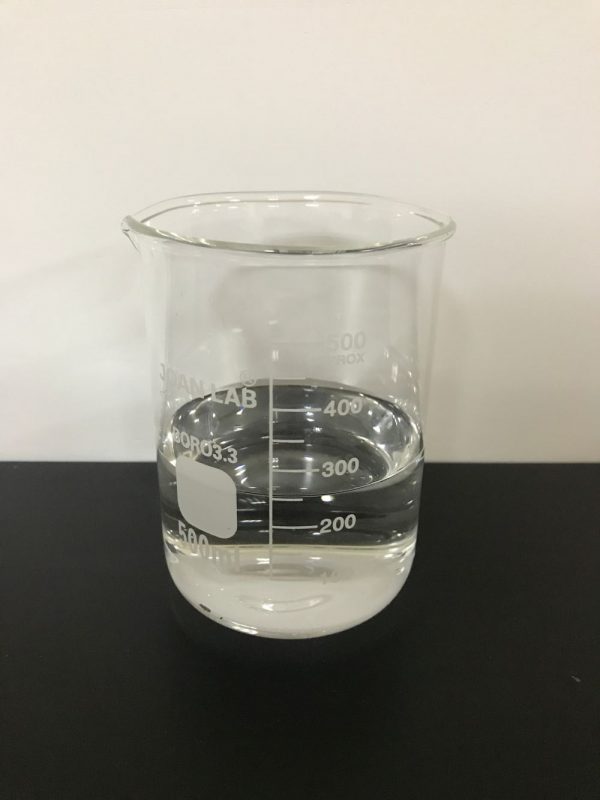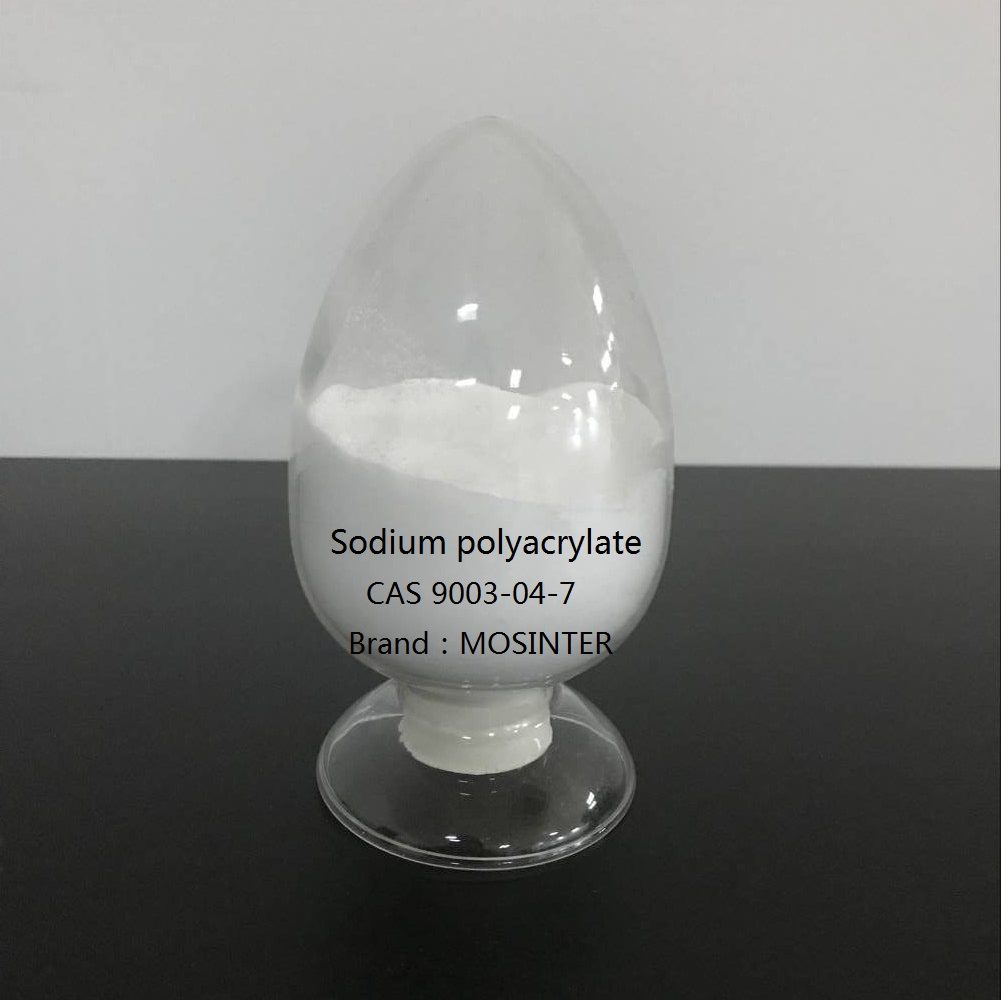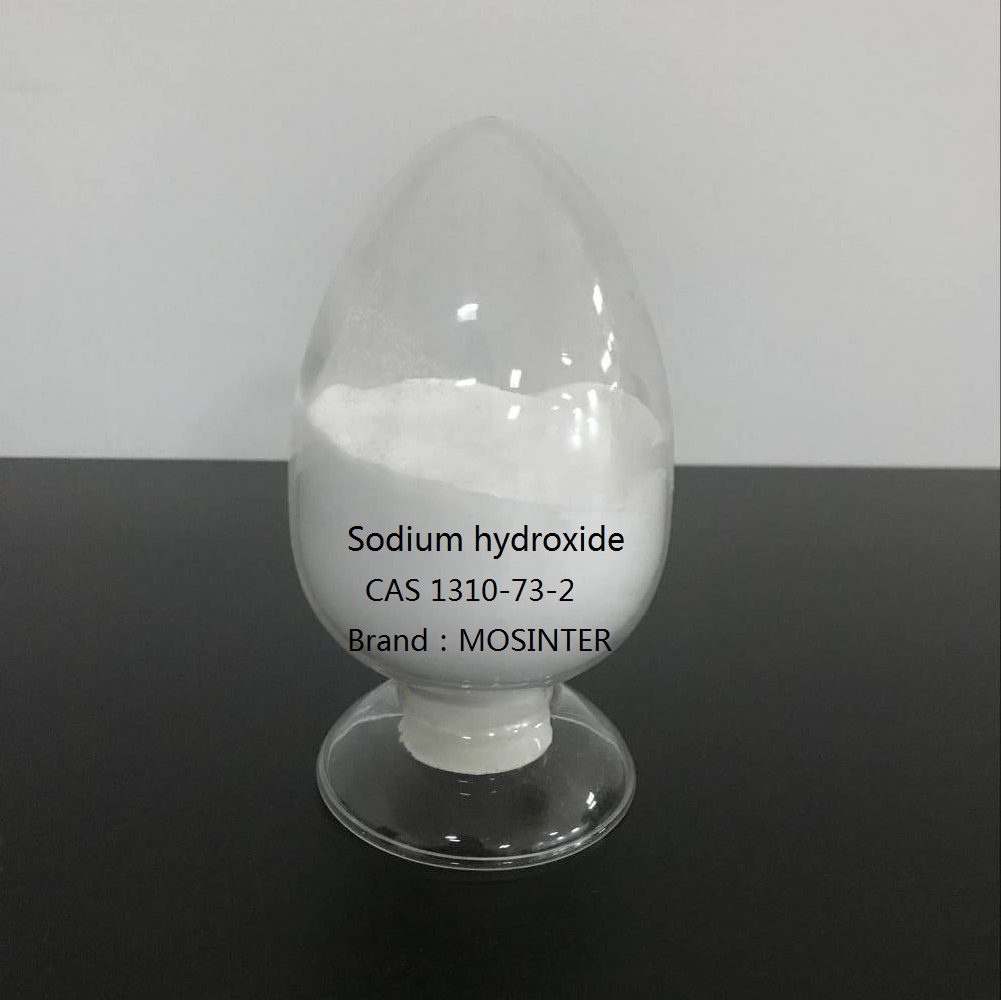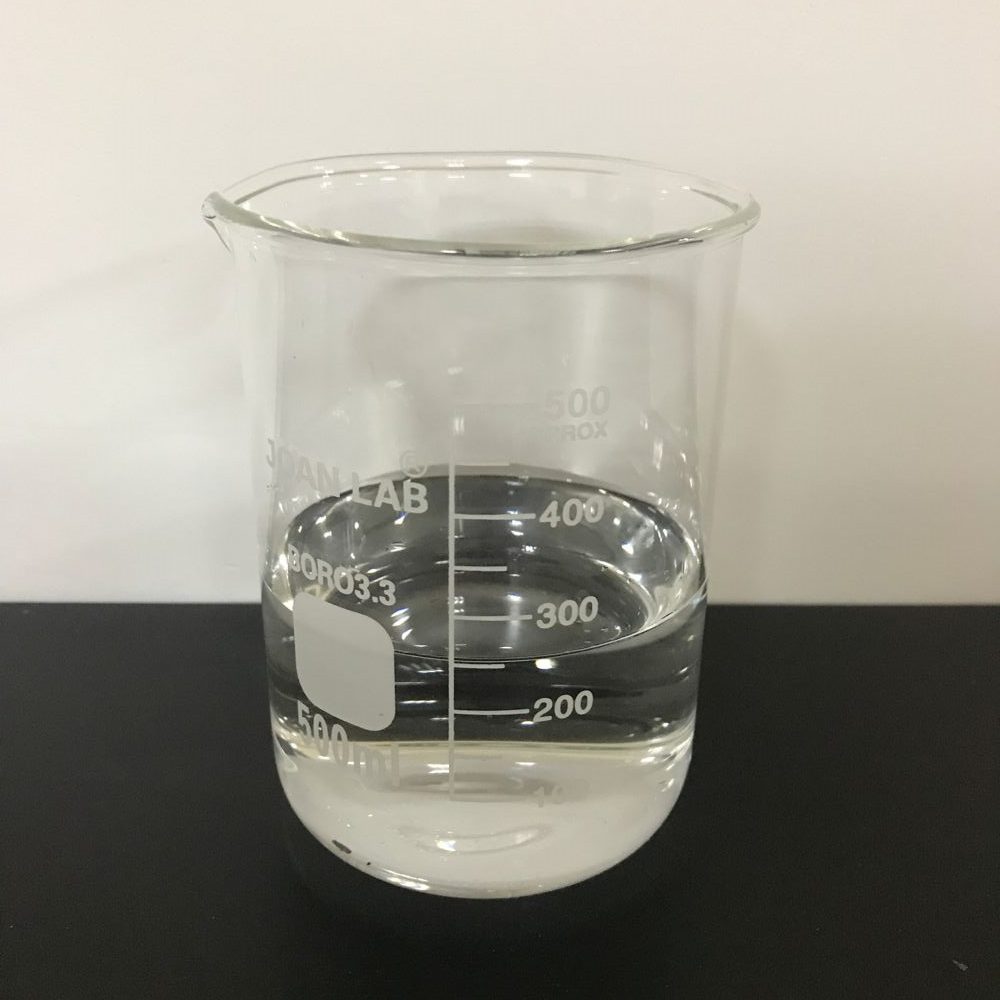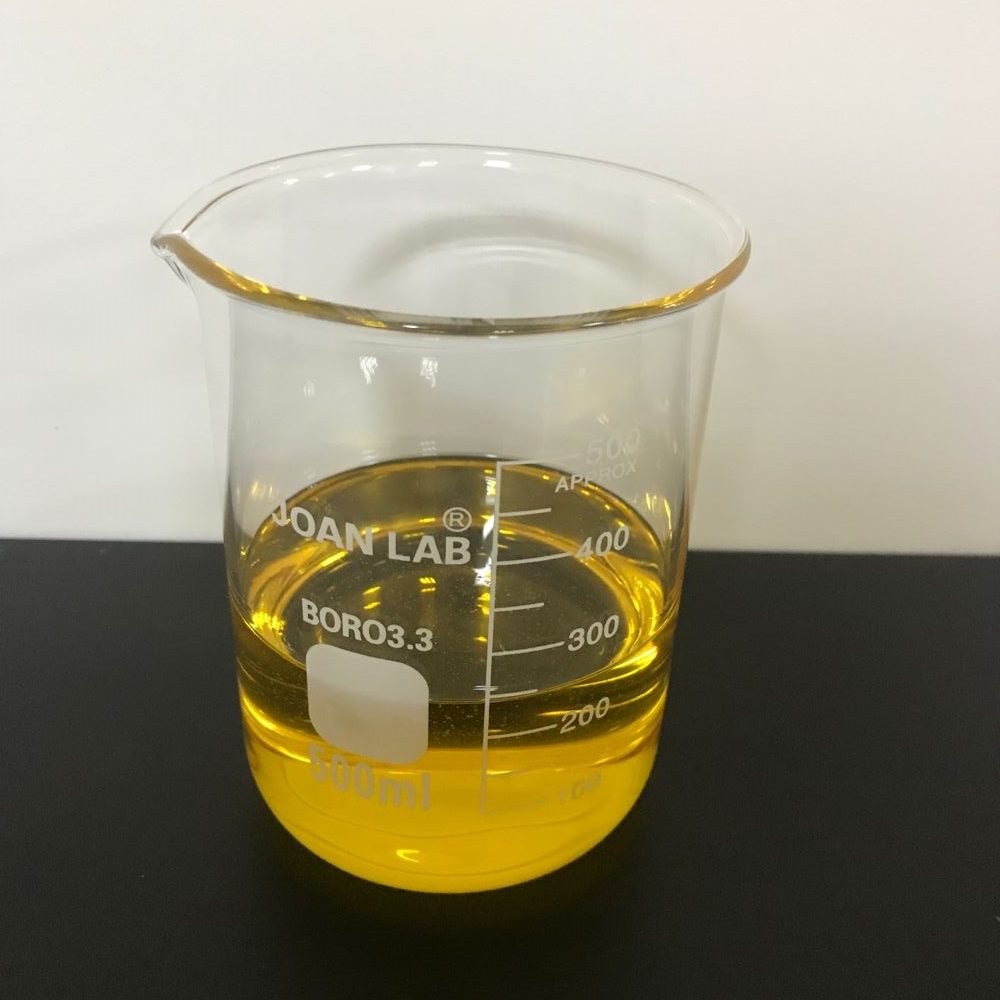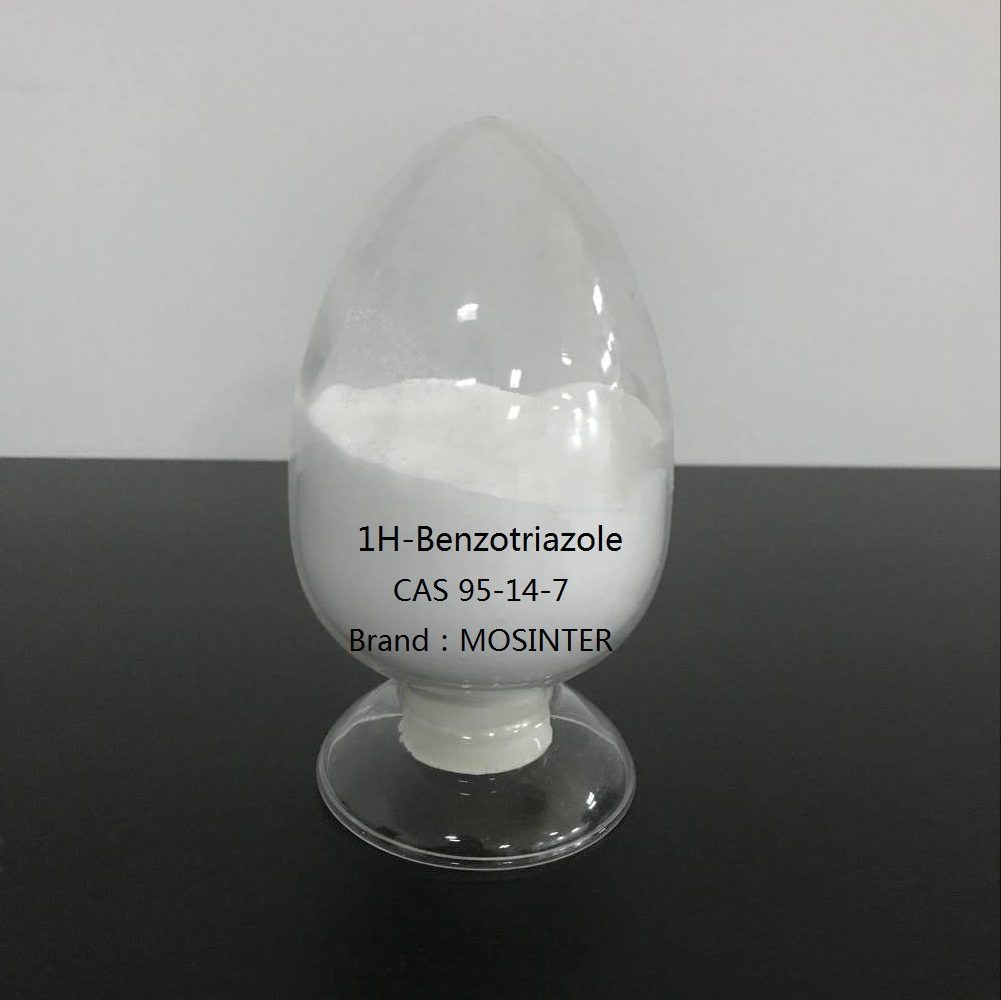- Have any questions?
- +86-189 8930 5995
- sales@mosinterchem.com.cn
Hydrogen Peroxide CAS 7722-84-1

Nitrilotrimethylene Triphosphonic Acid ATMP CAS 6419-19-8
21/12/2018
Monomethylaniline MA CAS 100-61-8
24/12/2018| Model: | MOS7722-84-1 |
| Brand Name: | MOSINTER |
| CAS No.: | 7722-84-1 |
| molecular formula: | H2O2 |
| molecular weight: | 34.01 |
| Melting point: | -33 °C |
| boiling point: | 108 °C |
| vapour pressure: | 23.3 mm Hg ( 30 °C) |
| density: | 1.13 g/mL at 20 °C |
| flashing point: | 107°C |
| storage condition: | 2-8°C |
| refractive index: | 1.3350 |
| color: | ≤10(APHA) |
Hydrogen Peroxide (CAS: 7722-84-1)
| Item | Index |
| Appearance | Colorless, transparent,nontoxic liquid |
| Hydrogen peroxide (H2O2)(m/m), %≥ | 70.0% |
| Free acid (based on H2SO4) , %≤ | 0.050 |
| Non-volatile matter, %≤ | 0.12 |
| Stability, %≥ | 97.0 |
| Mass fraction of total carbon (based on C), %≤ | 0.050 |
| Mass fraction of nitrate (based on NO3), %≤ | 0.030 |
Hydrogen peroxide is a chemical compound with the formula H2O2. It is the simplest peroxide
(a compound with an oxygen-oxygen single bond) and in its pure form is a colorless liquid, slightly more viscous
than water. For safety reasons it is normally encountered as an aqueous solution, also colorless.
Hydrogen peroxide is a strong oxidizer and is used as a bleaching agent and disinfectant. Concentrated
hydrogen peroxide, or ‘high-test peroxide’ is a reactive oxygen species and has been used as a propellant in rocketry.
Organisms naturally produce trace quantities of hydrogen peroxide, most notably by a respiratory burst
as part of theimmune response.
Applications
Industrial
About 60% of the world’s production of hydrogen peroxide is used for pulp- and paper-bleaching. The second major industrial application is the manufacture ofsodium percarbonate and sodium
perborate which are used as mild bleaches in laundry detergents.
It is used in the production of various organic peroxides with dibenzoyl peroxide being a high volume example.
It is used in polymerisations, as a flour bleaching agent and as a treatment for acne. Peroxy acids, such
as peracetic acid and meta-chloroperoxybenzoic acid are also typically produced using hydrogen peroxide.
Hydrogen peroxide is used in certain waste-water treatment processes to remove organic impurities. This is
achieved by advanced oxidation processes, such as theFenton reaction, which use it to generate highly
reactive hydroxyl radicals (·OH). These are able to destroy organic contaminates which are ordinarily
difficult to remove, such as aromatic or halogenated compounds. It can also oxidise sulphur based
compounds present in the waste; which is beneficial as it generally reduces their odour.
Medical
Disinfectant
Hydrogen peroxide is seen as an environmentally benign alternative to chlorine-based bleaches. It can be used for the disinfection of various surfaces and is generally recognized as
safe as an antimicrobial agent by the U.S. FDA. However studies have found it to be ineffective in
certain cases and hospitals and other medical institutions are now being advised to use chlorine-based
bleaches for disinfection.
Historically, hydrogen peroxide was commonly used for disinfecting wounds, partly because of its low
cost and ready availability compared to other antiseptics. It is now thought to slow healing and lead to
scarring because it destroys newly formed skin cells. Only a very low concentration of H2O2 can induce
healing, and only if not repeatedly applied. Surgical use can lead to gas embolism formation.
It is absorbed by skin upon contact and creates a local capillary embolism that appears as a temporary
whitening of the skin.
Cosmetic applications
Diluted H2O2 (between 3% and 8%) mixed with ammonium hydroxide is used to bleach human hair.
The chemical’s bleaching property lends its name to the phrase “peroxide blonde”. Hydrogen peroxide
is also used for tooth whitening and can be mixed with baking soda and salt to make a home-made a toothpaste.
Hydrogen peroxide may be used to treat acne, although benzoyl peroxide is a more common treatment.
Use in alternative medicine
Practitioners of alternative medicine have advocated the use of hydrogen peroxide for the treatment of
various conditions, including emphysema, influenza, AIDSand in particular cancer. The practise calls
for the daily consumption of hydrogen peroxide, either orally or by injection and is, in general, based
around 2 precepts. Firstly that hydrogen peroxide is naturally produced by the body to combat
infection. Secondly, that human pathogens (including cancer: See Warburg hypothesis) are anaerobic
and cannot survive in oxygen-rich environments. The ingestion or injection of hydrogen peroxide is
therefore believed to kill disease
by mimicking the immune response in addition to increasing levels of oxygen within the body.
This makes it similar to other oxygen-based therapies, such asozone therapy and hyperbaric
oxygen therapy.
Both the effectiveness and safety of hydrogen peroxide therapy is refuted by mainstream scientists,
who typify its supporting arguments as sophistry. Hydrogen peroxide is produced by the immune
system but in a carefully controlled manner. Cells called by phagocytes engulf pathogens and then
use hydrogen peroxide to destroy them. The peroxide is toxic to both the cell and the pathogen and
so is kept within a special compartment, called a phagosome. Free hydrogen peroxide will damage
any tissue it encounters via oxidative stress; a process which also has been proposed as a cause of
cancer. Claims that hydrogen peroxide therapy increase cellular levels of oxygen have not been
supported. The quantities administered would be expected to provide very little additional oxygen
compared to that available from normal respiration. It should also be noted that it is difficult to raise
the level of oxygen around cancer cells within a tumour, as the blood supply tends to be poor.
Large oral doses of hydrogen peroxide at a 3% concentration may cause irritation and blistering to the
mouth, throat, and abdomen as well as abdominal pain, vomiting, and diarrhea. Intravenous injection
of hydrogen peroxide has been linked to several deaths.
The American Cancer Society states that “there is no scientific evidence that hydrogen peroxide is a safe,
effective or useful cancer treatment” The therapy is not approved by the U.S. FDA.
Propellant
High concentration H2O2 is referred to as High Test Peroxide (HTP). It can be used either as a
monopropellant (not mixed with fuel) or as the oxidizer component of a bipropellant rocket. Use as a
monopropellant takes advantage of the decomposition of 70–98+% concentration hydrogen peroxide into steam and oxygen. The propellant is pumped into a reaction
chamber where a catalyst, usually a silver or platinum screen, triggers decomposition, producing steam
at over 600 °C (1,112 °F), which is expelled through a nozzle, generating thrust. H2O2 monopropellant
produces a maximum specific impulse (Isp) of 161 s (1.6kN·s/kg), which makes it a low-performance monopropellant. Peroxide generates much less thrust than hydrazine. The Bell Rocket Belt
used hydrogen peroxide monopropellant.
As a bipropellant H2O2 is decomposed to burn a fuel as an oxidizer. Specific impulses as high as 350 s
(3.5 kN·s/kg) can be achieved, depending on the fuel. Peroxide used as an oxidizer gives a somewhat
lower Isp than liquid oxygen, but is dense, storable, noncryogenic and can be more easily used to drive
gas turbines to give high pressures using an efficient closed cycle. It can also be used for regenerative
cooling of rocket engines. Peroxide was used very successfully as an oxidizer in World War II German
rocket motors (e.g. T-Stoff, containing oxyquinoline stabilizer, for the Me 163B), most often used with
C-Stoff in a self-igniting hypergolic combination, and for the low-cost British Black Knight and Black
Arrow launchers.
In the 1940s and 1950s, the Walter turbine used hydrogen peroxide for use in submarines while submerged;
it was found to be too noisy and require too much maintenance compared to diesel-electric power systems. Some torpedoes used hydrogen peroxide as oxidizer or propellant, but this was
dangerous and has been discontinued by most navies. Hydrogen peroxide leaks were blamed for the
sinkings of HMS Sidon and the Russian submarine Kursk. It was discovered, for example, by the
Japanese Navy in torpedo trials, that the concentration of H2O2 in right-angle bends in HTP pipework can often lead to explosions in submarines and torpedoes. SAAB Underwater Systems is manufacturing the
Torpedo 2000. This torpedo, used by the Swedish navy, is powered by a piston engine propelled by HTP as
an oxidizer and kerosene as a fuel in a bipropellant system.
While rarely used now as a monopropellant for large engines, small hydrogen peroxide attitude control thrusters
are still in use on some satellites.They are easy to throttle, and safer to fuel and handle before launch than hydrazine
thrusters. However, hydrazine is more often used in spacecraft because of its higherspecific impulse
and lower rate of decomposition.
Explosives
Hydrogen peroxide has been used for creating organic peroxide based explosives, such as acetone peroxide,
for improvised explosive devices, including the 7 July 2005 London bombings. These explosives tend to
degrade quickly and hence are not used as commercial or military explosives.
Other uses
Hydrogen peroxide has various domestic uses, primarily as a cleaning and disinfecting agent.
Glow sticks
Hydrogen peroxide reacts with certain esters, such as cyalume and phenyl oxalate ester, to produce
chemiluminescence; this application is most commonly encountered in form of glow sticks.
Horticulture
Some horticulturalists and users of hydroponics advocate the use of weak hydrogen peroxide solution
in watering solutions. Its spontaneous decomposition releases oxygen that enhances a plant’s root
development and helps to treat root rot (cellular root death due to lack of oxygen) and a variety of other pests.
Fish Aeration
Laboratory tests conducted by fish culturists in recent years have demonstrated that common household
hydrogen peroxide can be used safely to provide oxygen for small fish. The hydrogen peroxide releases
oxygen by decomposition when it is exposed tocatalysts such as manganese dioxide.

